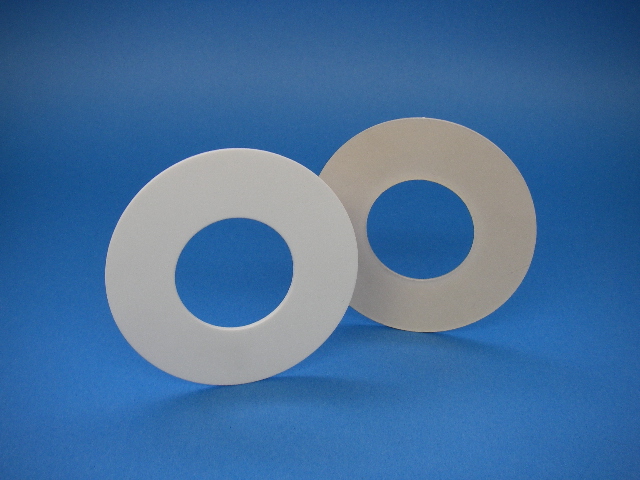Retrofitting with Ring Gaskets: Upgrade Equipment and Improve Sealing Efficiency
09 May 2024Upgrade equipment and improve sealing efficiency with retrofitting using Gasketech ring gaskets. Uncover their benefits and how they can be maximised.
When dealing with industrial machinery, ring gaskets are vital components that can be utilised to maintain their optimal performance and efficiency. As equipment ages, its accompanying seals and gaskets can deteriorate, leading to leaks, inefficiencies, and potential downtime. Retrofitting them with ring gaskets offers a practical solution to upgrade existing equipment, enhance sealing efficiency, and prolong operational lifespan.
What are Ring Gaskets?
Ring gaskets, also known as O-ring gaskets, are circular elastomeric seals designed to fit into grooves or recesses between two mating surfaces. They are commonly used in a wide range of industrial applications to create a static or dynamic seal, preventing the leakage of fluids or gases under pressure or vacuum conditions.
Gasketech offers ring gaskets made from PTFE or polytetrafluoroethylene, which is known for great chemical resistance, low friction coefficient, non-stick properties, and high-temperature resistance.
The Edge Ring Gaskets
Retrofitting existing equipment with ring gaskets offers several notable benefits.
First, ring gaskets can provide a reliable seal, reducing the risk of leaks and ensuring optimal equipment performance. They can also help maintain system integrity and efficiency as they prevent fluid or gas leakage, reducing energy consumption and operational costs. Retrofitting with ring gaskets can likewise prolong the lifespan of machinery by preventing premature wear and damage caused by leaks or inadequate sealing.
Additionally, retrofitting with ring gaskets is often more cost-effective than replacing entire systems or components, offering significant savings on maintenance and downtime costs. Finally, ring gaskets can be customised to fit specific equipment requirements, allowing for seamless integration into existing systems without the need for extensive modifications.
The Retrofitting Process
The retrofitting process typically involves the following steps.
• Assessment: A thorough assessment of the existing equipment must be conducted to identify areas where sealing improvements are needed.
• Ring Gasket Selection: When choosing ring gaskets, they must be compatible with the operating conditions, fluid compatibility, and temperature requirements of the application.
• Preparation: The mating surfaces must be cleaned and prepared to ensure proper adhesion and sealing of the ring gaskets.
• Installation: The ring gaskets must then be installed into the designated grooves or recesses, ensuring proper alignment and compression to achieve a secure seal.
• Testing: Leak tests and performance checks must be conducted to verify the effectiveness of the retrofitting process and ensure reliable sealing.
• Maintenance: A regular maintenance schedule should finally be generated to inspect and replace ring gaskets as needed to maintain optimal sealing performance over time.
When retrofitting equipment with ring gaskets, it’s essential to consider numerous factors. First, ring gaskets must be able to withstand the temperature, pressure, and environmental conditions of the application. They must also be compatible with the fluids or gases being sealed to prevent degradation or chemical reactions. The dimensions of the mating surfaces must likewise be accurately measured and specified to ensure proper fit and alignment.
By understanding the benefits, processes, and considerations of retrofitting with ring gaskets, you can enhance equipment performance, reduce downtime, and maximise operational efficiency in various applications. Invest in one at Gasketech today!
Optimized by: Netwizard SEO



